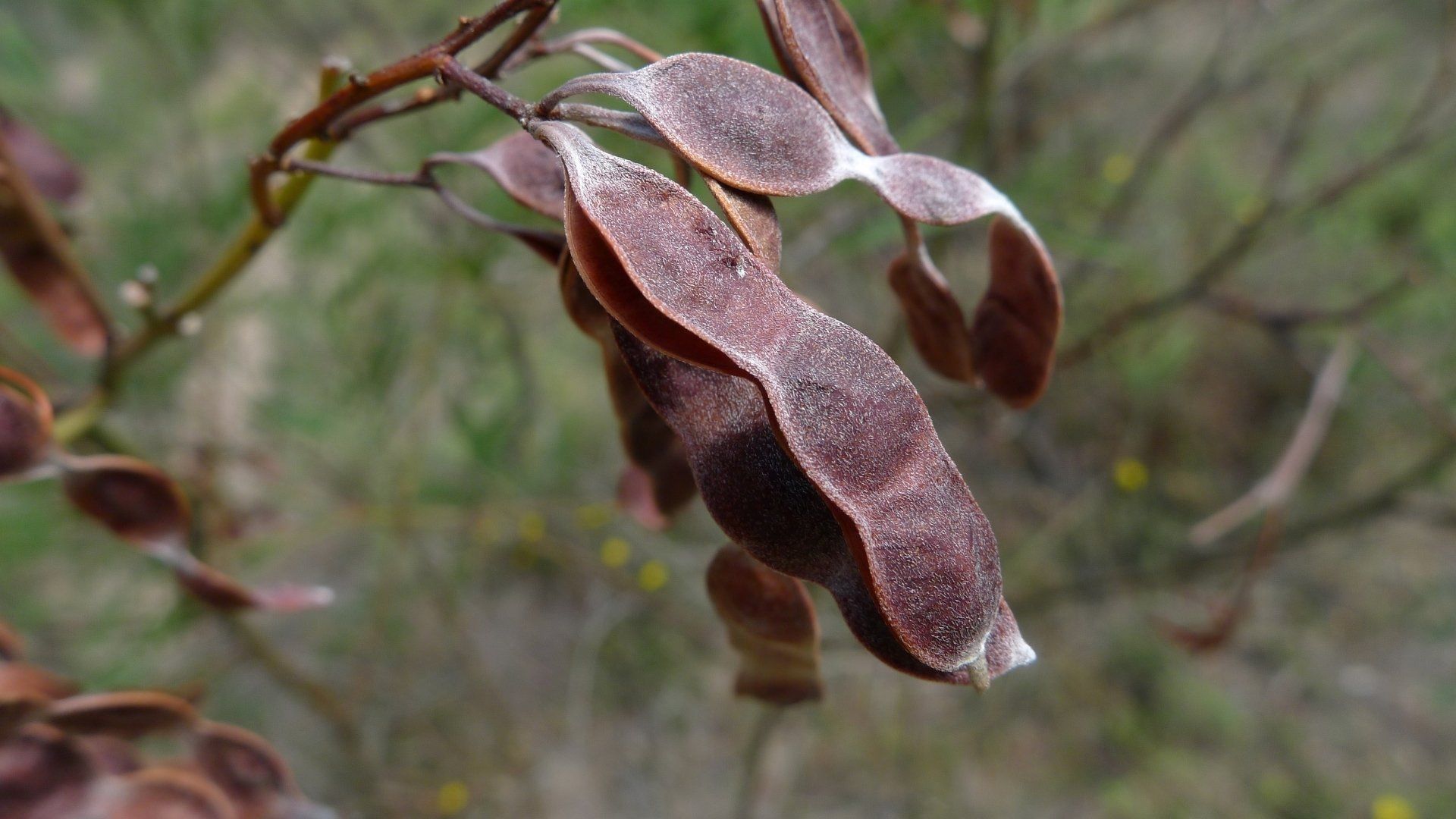1MG FlippingBooks
Bush tucker bread to benefit communities
Researchers at the University of Queensland (UQ) have developed a new superfood bread roll using Australian native bush ingredients, harvested by Indigenous communities rather than artificial additives.
The project, funded by the Australian Government’s Innovation Connections program, saw UQ Associate Professor Yasmina Sultanbawa and her peers at the Queensland Alliance for Agriculture and Innovation (QAAFI) collaborate with Indigenous employment provider Karen Sheldon Group to develop a healthy, long-life wholemeal bread.
The bread’s ingredients include wattle seed and Kakadu plum harvested by Aboriginal communities; ground wattleseed acts as a natural emulsifier to prolong shelf life, while powdered Kakadu plum is a natural bread improver.
“The wattle seed bread is uniquely Australian, all-natural and very nutritious,” Dr Sultanbawa says. “One wattle seed bread roll gives you the recommended daily intake of iron, zinc and dietary fibre.”
The process of developing the bread took place across the kitchen, the laboratory and Indigenous communities.
“We had to identify which species of wattle seed, and how much of this seed would work in the bread, and we had to measure the nutritional benefits and storage potential,” says Dr Sultanbawa. “Some seeds contained a fair amount of fat and we thought they might develop some rancid notes, so we started eliminating based on aroma and flavour.”
The bread is now available on the menu at Qantas Club in Darwin. Director of the Karen Sheldon Group Sarah Hickey is hoping to find a buyer to enable larger-scale production of the bread and provide benefits back to the community.
“It would be great to see an Aboriginal-owned and operated business make this bread as a par-baked product that could be frozen for at least 12 months and sold to remote communities so that they can benefit in terms of great consumer nutrition as well as the employment benefits,” Ms Hickey says.
Dr Sultanbawa has also acknowledged the significant community potential of this project.
“Once the demand comes we can increase the supply, and then Indigenous communities can reap the social, cultural and economic benefits of developing social enterprises on their own land,” Dr Sultanbawa says.

















